 The inspiration for this guest room project was the homeowners’ love of books and travel. In addition to reading 100+ titles per year, writing reviews, and participating in book clubs, they cherish time spent globetrotting and learning about the cultures and architecture of the places they visit.
The inspiration for this guest room project was the homeowners’ love of books and travel. In addition to reading 100+ titles per year, writing reviews, and participating in book clubs, they cherish time spent globetrotting and learning about the cultures and architecture of the places they visit.
In approaching their guest room renovation, the homeowners wanted the furnishings and objects chosen for their new space to reflect all of these interests and more. We were honored to be brought in by our frequent collaborator and friend Interior Designer Hannah Dee to help make the celebration of books and travel come to life.
Back in the early ’90s, the room functioned as a child’s bedroom, so it needed some infrastructure updates to transform into a modern guest room. The changes made include:
- Removing old finishes, carpet, trim, and hollow core doors
- Removing sections of the floor and exterior wall so we could insulate the space, which previously always felt cold to the homeowner
- Updating wiring and devices, adding sconces, bedside lighting, and locations for outlets
- Painting the room and hanging wallpaper – the visually stunning marbled pattern that Hannah chose conjures images of the endpaper or flyleaf you would find on a beautifully bound book.
- Installing new carpeting
- Integrating custom features, such as the Asian screens sourced from Material Culture, a retail/auction house in Philadelphia that specializes in global antiques, arts, and crafts. Adding hardware and antiqued mirrors, the pierced wood panels were transformed into closet doors.
In the end, our clients got the guest space they needed while also celebrating the things that they love.
You can see more images from this project here.

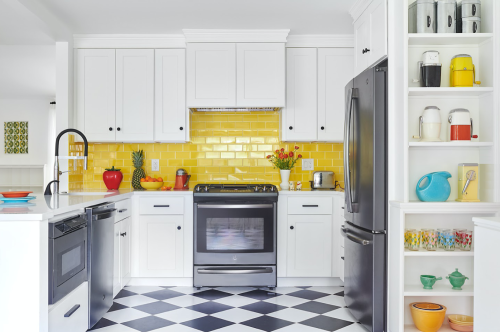 In 2020, our friend and associate,
In 2020, our friend and associate, 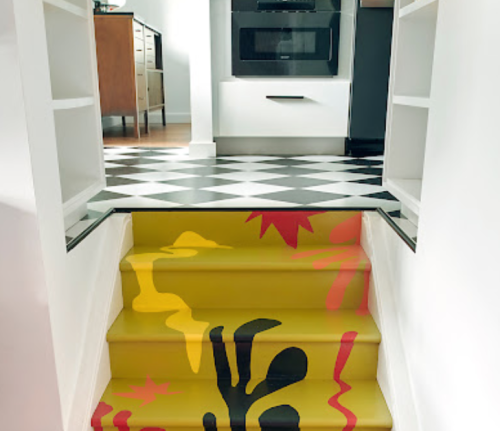
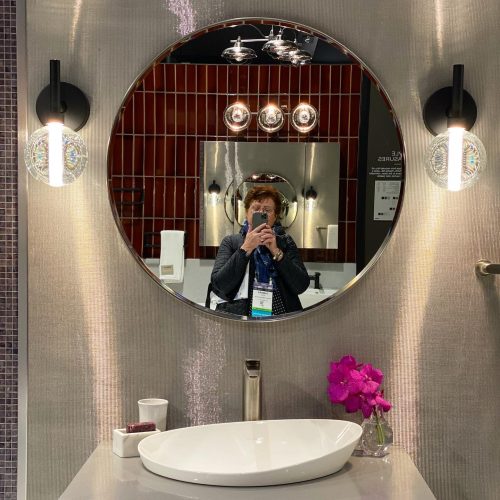 The COVID-19 global pandemic has made each of us change how we live. The vast majority of us and our children are spending the bulk of our time at home while learning and working virtually, which has highlighted the ways in which our existing spaces may fall short of meeting our needs.
The COVID-19 global pandemic has made each of us change how we live. The vast majority of us and our children are spending the bulk of our time at home while learning and working virtually, which has highlighted the ways in which our existing spaces may fall short of meeting our needs.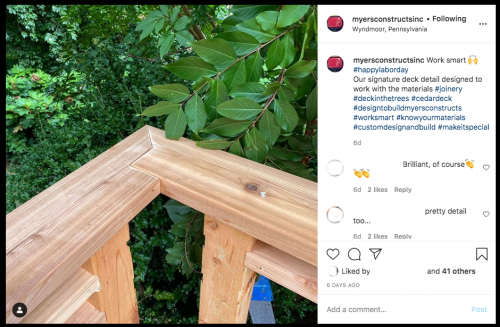 You may recognize this deck image from our Facebook and Instagram accounts last week. It was a popular post that generated a lot of questions and interest, so we thought we’d share the backstory with you.
You may recognize this deck image from our Facebook and Instagram accounts last week. It was a popular post that generated a lot of questions and interest, so we thought we’d share the backstory with you.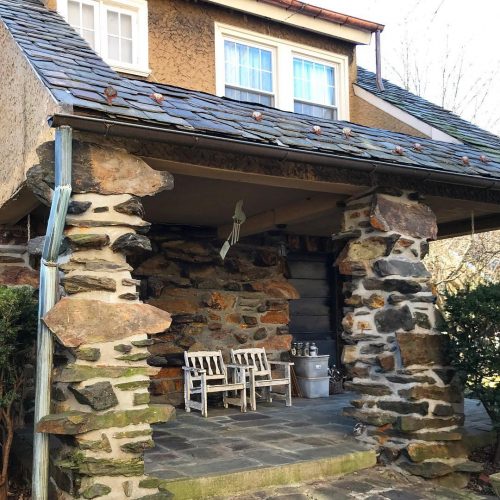 Our clients affectionately call this home a “Flintstone House,” and that really makes us smile. This charming and well-loved home, which features a schist stone exterior with free-form columns and bluestone front patio — both materials that are native to the Philadelphia area — is located on a quiet street in Chestnut Hill, PA, that is walkable to the quaint and lively center of town. It also has a lot of history, as the homeowners grew up in this house, and they have other family still living on the same street.
Our clients affectionately call this home a “Flintstone House,” and that really makes us smile. This charming and well-loved home, which features a schist stone exterior with free-form columns and bluestone front patio — both materials that are native to the Philadelphia area — is located on a quiet street in Chestnut Hill, PA, that is walkable to the quaint and lively center of town. It also has a lot of history, as the homeowners grew up in this house, and they have other family still living on the same street.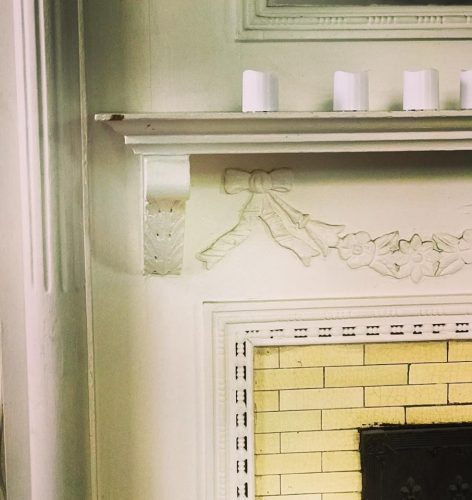 While you’re likely busy preparing for holiday celebrations, festive entertaining, and winter travel, this is also the perfect time to take a closer look at your home and plan for the repairs, maintenance, and redesign projects that need to be tackled in the coming year.
While you’re likely busy preparing for holiday celebrations, festive entertaining, and winter travel, this is also the perfect time to take a closer look at your home and plan for the repairs, maintenance, and redesign projects that need to be tackled in the coming year. 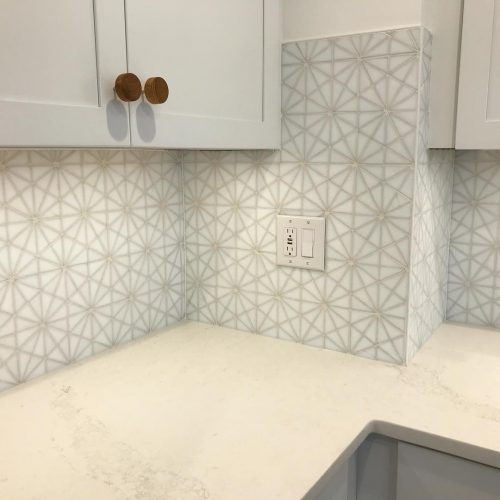 Being a design build general contractor working any given day on a variety of projects throughout the Delaware Valley means that there’s never a dull moment around here. Each day brings new challenges and opportunities to find creative solutions — and that’s one of the things we love about this business!
Being a design build general contractor working any given day on a variety of projects throughout the Delaware Valley means that there’s never a dull moment around here. Each day brings new challenges and opportunities to find creative solutions — and that’s one of the things we love about this business! 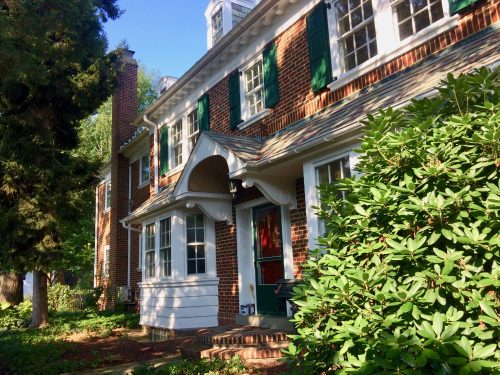 One of our clients recently purchased this lovely large brick Colonial in the quaint and eclectic Philadelphia suburb of Glenside. His goal is to restore the home in a way that showcases his love for Art Deco styling, decor, and an extensive collection of art, ceramics, radios, and other electronics.
One of our clients recently purchased this lovely large brick Colonial in the quaint and eclectic Philadelphia suburb of Glenside. His goal is to restore the home in a way that showcases his love for Art Deco styling, decor, and an extensive collection of art, ceramics, radios, and other electronics. 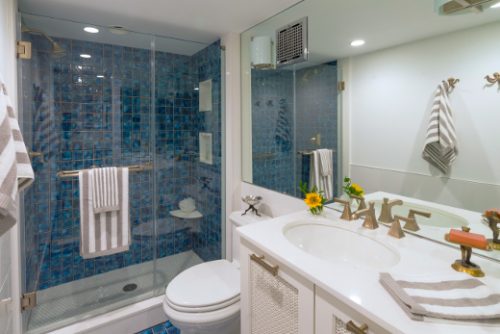 This week, we’re taking a closer look at the another space in our award-winning historic trinity renovation: the bathroom. The main challenge for this space was rethinking the modest footprint in a way that did not feel small, and our goal was to retain as much floor space as possible.
This week, we’re taking a closer look at the another space in our award-winning historic trinity renovation: the bathroom. The main challenge for this space was rethinking the modest footprint in a way that did not feel small, and our goal was to retain as much floor space as possible. 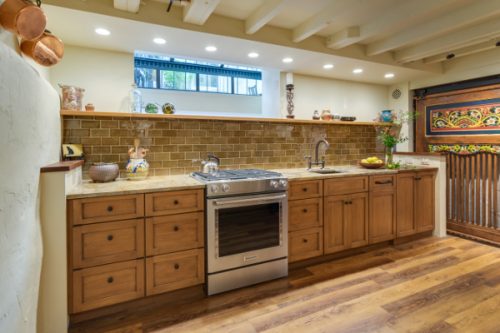 We recently took on an exciting whole-home renovation for this lovely historic Trinity in Center City Philadelphia. Originally built in the mid-1800s, the house footprint is just over 17’ x 13’. As is typical of this type of 3-story house, the kitchen is located in the basement, making this house four floors of occupied space with overall square footage totaling just under 900 square feet.
We recently took on an exciting whole-home renovation for this lovely historic Trinity in Center City Philadelphia. Originally built in the mid-1800s, the house footprint is just over 17’ x 13’. As is typical of this type of 3-story house, the kitchen is located in the basement, making this house four floors of occupied space with overall square footage totaling just under 900 square feet.